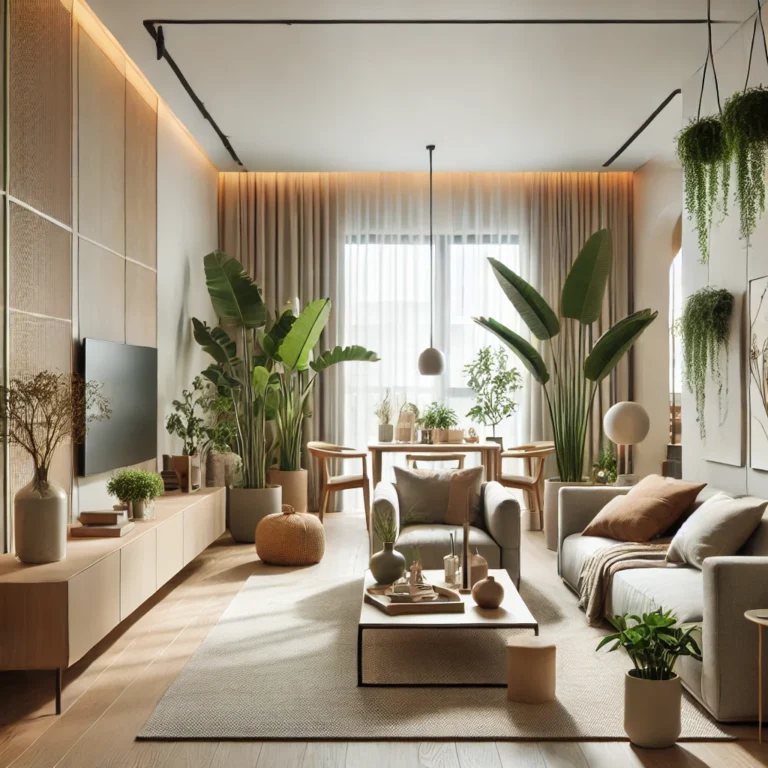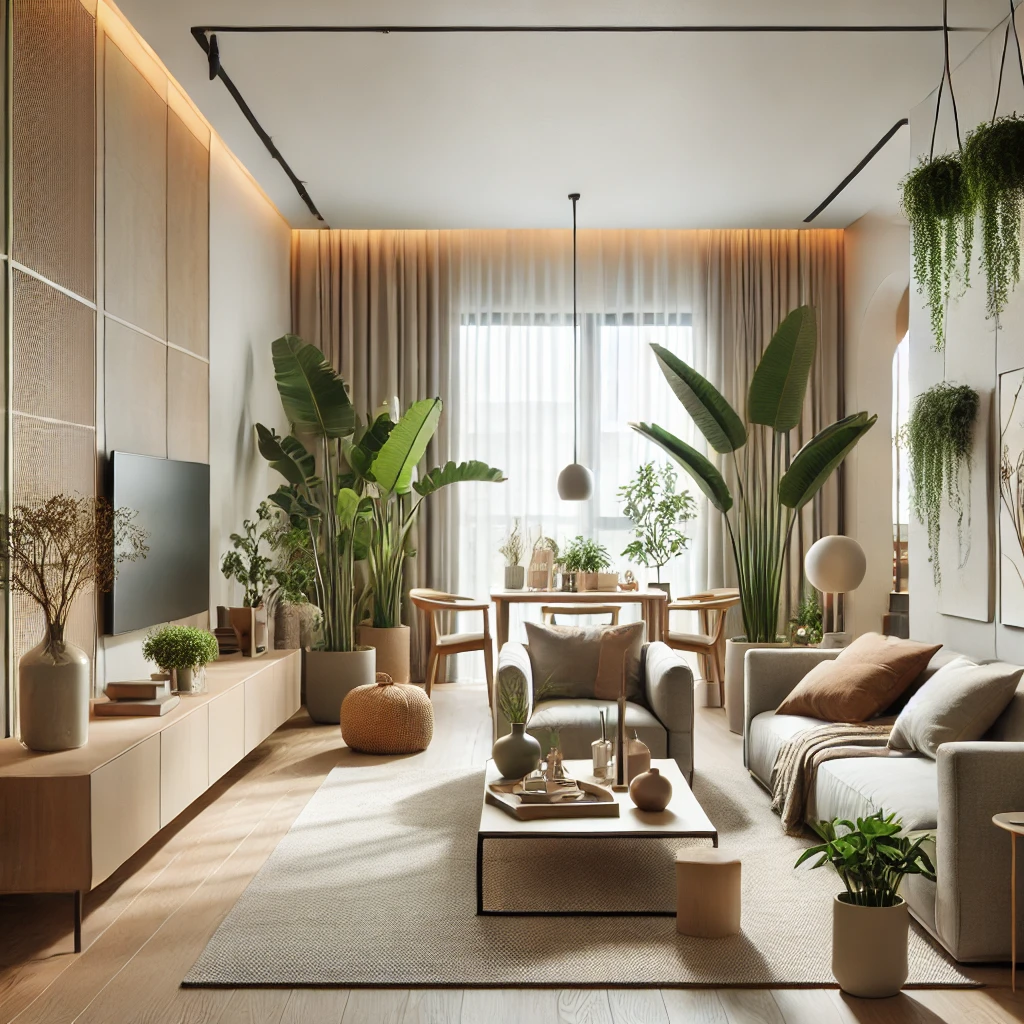The Role of Interior Design
Key Takeaways
- Interior design significantly enhances the functionality and aesthetic of residential spaces.
- Effective design solutions can improve mental well-being and quality of life.
- In contemporary homes, sustainable design principles are becoming more and more crucial.
- Personalized styles and contemporary trends can coexist to create unique living environments.
Introduction to Interior Design
Interior design transcends mere decor; it integrates functionality, aesthetics, and personal comfort. By working with professional architects, you can create spaces that look beautiful and enhance efficiency and practicality. This amalgamation of beauty and utility makes interior design a pivotal aspect of modern living environments. Whether it’s a cozy apartment or an expansive estate, thoughtful design transforms the way spaces are experienced and enjoyed.
The Impact of Design on Daily Life
The influence of interior design extends beyond visual appeal, significantly affecting our daily routines and well-being. For example, incorporating natural light and ergonomically designed furniture can boost productivity and comfort. According to research, a well-designed space can positively impact mental health, reduce stress, and increase overall happiness. Harmonious living environments are the result of a combination of elements, including color schemes, textures, and spatial organization.
The Biophilic design integrates natural elements indoors and is especially effective in creating a calming and balanced atmosphere. By introducing houseplants and natural materials, the indoor environment can simulate nature’s tranquility, enhancing both mental and physical well-being. Additionally, the strategic use of lighting, both natural and artificial, can set the mood of a room, impacting our emotional state and functioning as a key aspect of effective design.
Sustainable and Eco-Friendly Design Practices
One of the most important factors in contemporary interior design is sustainability. Adopting eco-friendly practices such as utilizing recycled materials, energy-efficient lighting, and sustainably sourced furniture can significantly reduce your home’s environmental impact. These choices not only benefit the planet but also provide long-term savings on energy costs and resources. Implementing sustainable building techniques can lead to healthier, more efficient living spaces.
As sustainability grows in importance, many designers are prioritizing green materials and methods. By integrating solar panels, water-saving fixtures, and organic textiles, homes can become more eco-conscious without sacrificing luxury or comfort. Moreover, sustainable designs often incorporate longevity, ensuring that the materials and styles used are timeless, reducing the need for frequent renovations or replacements.
For example, sustainable building techniques can include the use of non-toxic paints, energy-efficient windows, and renewable energy sources like solar panels. These eco-friendly choices are essential in creating homes that are both cutting-edge and responsible, benefiting the environment while providing occupants with healthier living conditions.
Current Trends in Residential Interior Design
Residential interior design constantly evolves, with trends shifting to reflect contemporary lifestyles and technological advancements. Minimalism continues to dominate, emphasizing clean lines, neutral palettes, and uncluttered spaces. This trend focuses on maximizing space and creating an open and relaxing environment.
Smart home technology, including automated lighting and temperature controls, is becoming standard, offering increased convenience and energy efficiency. Technology integration improves comfort and security by giving homeowners easy control over a variety of features of their living space.
Additionally, there has been a revival of retro styles, blending nostalgic elements from past decades with modern aesthetics for a unique and personalized look. This trend brings warmth and character to spaces, combining vintage furniture and decor with contemporary designs to create a harmonious blend of old and new.


